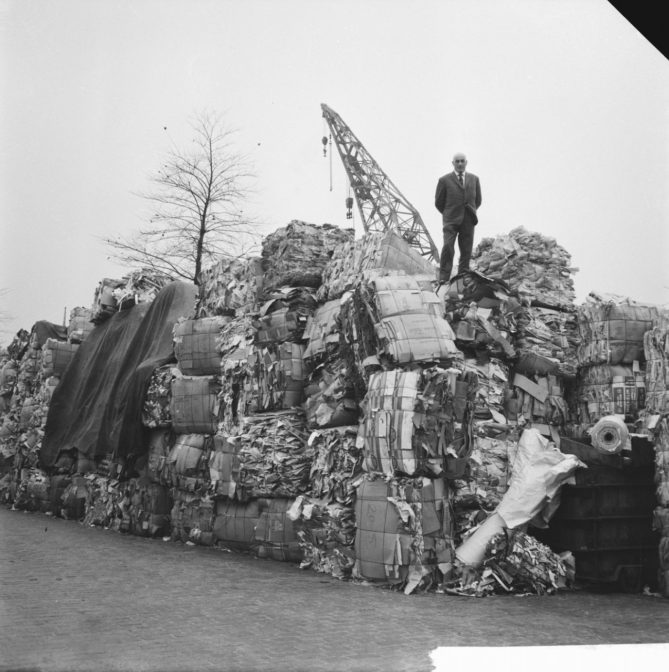For an article I’m working on, I was studying a woman’s neighbors to see if their records could help me identify her parents. I noticed that the neighbors in a transcription that I used were different from the neighbors on the scans on the archive’s website. It turns out the transcription had transcribed the pages in a different order. The person of interest was at the bottom of the page, so the next-page neighbors in the transcription were different from the neighbors in the scans.
Further analysis of the record and its provenance led me to conclude that the order in the transcription was correct:
- The bottom right of each page in the original record had the first word of the next page on it. I thank the clerk in the 1600s for that foresight! In the scans, these words did not match the next page. But when the scans were viewed in the order in the transcription, the references to the next page all lined up.
- The scans show that this record consists of loose pages, not a bound volume. They could easily have been shuffled out of order.
- The transcription was from the 1990s. Since then, the record was restored with rice paper, and moved to another repository where a new finding aid was created. It was possible that the pages were accidentally reorganized in the process.
- The scans were in the order of their page numbers, but these page numbers were in a modern hand and in pencil, consistent with modern-day recordkeeping practices. The transcription did not refer to page numbers, something that the author did in other cases, suggesting there were no page numbers when the transcription was created. It is likely that the page numbers were added after the transcription was made and the pages were reshuffled, probably when the new finding aid was created.
We normally think that transcriptions are less reliable than scans, but in this case the transcription had the correct information. Transcriptions should be verified by checking the original record, and any discrepancies should be analyzed.
After reconstructing the original order, I could see who the neighbors were of the person of interest. Had I left the pages in the order in which they were scanned, I might have come to the wrong conclusion.

Shuffling paper. Credits: Hugo van Gelderen, collection Nationaal Archief (CC-BY)

